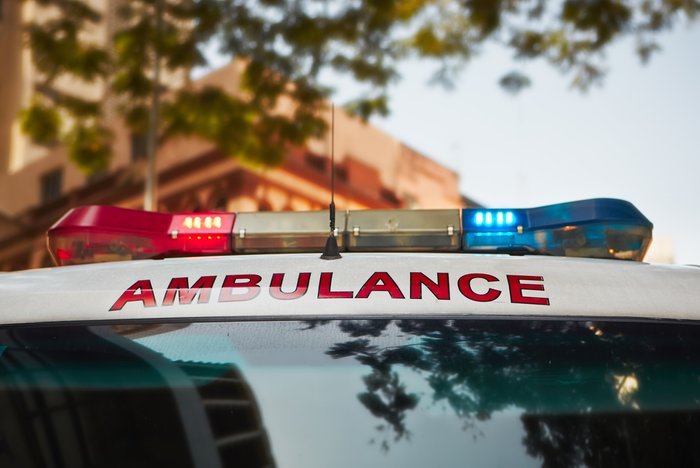
When you think of intubation, you should automatically be thinking of suction. The two treatments go hand-in-hand; you cannot safely intubate without the aid of suction, which is why you must include a portable suction unit any time there is the possibility of intubating.
Suction plays several important roles in securing an advanced airway. They include:
- Maintaining patency in the tenuous airway while you assemble your equipment
- Clearing mucus, vomit, and blood before inserting the blade
- Visualizing the cords before inserting the tube
- Clearing the tube of froth and blood, once the patient is intubated
Include the portable emergency suction unit in your ALS assemblage or stow a suction unit in your airway bag so that it is always available.
Deciding When to Intubate
Deciding when a patient needs an advanced airway is a crucial step in treatment. The key is to differentiate between a patient in respiratory distress and a patient in failure.
Respiratory distress is characterized by:
- Mild anxiety
- A normal level of consciousness
- Cyanosis may be present but should be minimal
- Tachycardia
- Chest tightness is a possibility
- Breath sounds may be altered
- Decreased O2 saturation
A patient in respiratory failure needs immediate intervention, preferably with an advanced airway. He or she will exhibit the following signs:
- Altered mental status
- Use of accessory muscles or retraction
- Tachycardia typically >130 bpm
- Decreased O2 saturation, even with oxygen therapy
- Dyspnea that interferes with speech
- Absent breath sounds and abnormal respiratory patterns
- Cyanosis
- Pale skin and diaphoresis
Assembling Your Equipment
Once you decide that intubation is needed, the next step is to assemble your equipment. Have someone maintain airway patency while this important step is accomplished. Have suction at the ready, to keep the airway clear. Your intubation equipment will include:
- PPE – gloves, mask, and goggles
- Appropriately sized tube (most adults accept a size 7.0 to 8.0)
- Appropriately sized laryngoscope handle and blade (either Miller or Macintosh, depending on personal preference)
- 10 mL syringe
- Water-soluble lubricant (especially for nasal intubation)
- Commercial tube-holding device
- Bag mask with reservoir
- Supplemental oxygen
- Stethoscope
- ETCO2 detector
COVID-19 requires some extra precautions. Wear a fit-tested N95 respirator, a face protector such as a shield, plus a gown and gloves. Plan what you will be doing carefully, and do it as quickly as possible.
Suctioning the Endotracheal Tube
Once you have the endotracheal tube in place, your patient may still require suction. If the patient has chest or airway trauma, or a history of COPD, he or she may have bloody froth enter the tube from the lungs. In such situations, it may be necessary to suction the tube.
The main tool you'll need is your portable suction unit, which should already be in place during intubation. Next, you will:
- Choose an appropriate suction catheter—a small, flexible French catheter
- Check, prepare, and assemble your equipment
- Maintain universal precautions—use a sterile technique throughout the procedure
- Lubricate the suction catheter
- Preoxygenate the patient for at least one minute with 100 percent oxygen
- Measure the suction catheter tip from the corner of the mouth to the angle of the jaw or insert into the endotracheal tube until the patient coughs.
- Apply suction as you remove the suction catheter using a twisting motion
- Suction for no longer than five to 10 seconds at a time
- Monitor the patient via pulse oximetry, capnography, and vital signs
- Continually reassess the airway, endotracheal tube, and lung sounds
- Preoxygenate your patient in between each suction procedure
Possible Complications of Endotracheal Suctioning
As with any airway procedure, you may experience complications. Be alert for the following:
- Hypoxemia
- Cardiac arrhythmias
- Signs of airway trauma
- Increased intracranial pressure
- Buildup of mucus plugs
Be sure to keep the portable suction unit nearby should the tube become dislodged or the patient vomits. Even with an endotracheal tube in place, the patient may still vomit, necessitating rapid suction.
Your best practices for both suction and intubation are to think of them as inseparable: Never attempt intubation without the portable suction unit and always have suction at the ready during any respiratory emergency.
Editor's Note: This blog was originally published in February of 2022. It has been re-published with additional up to date content.















